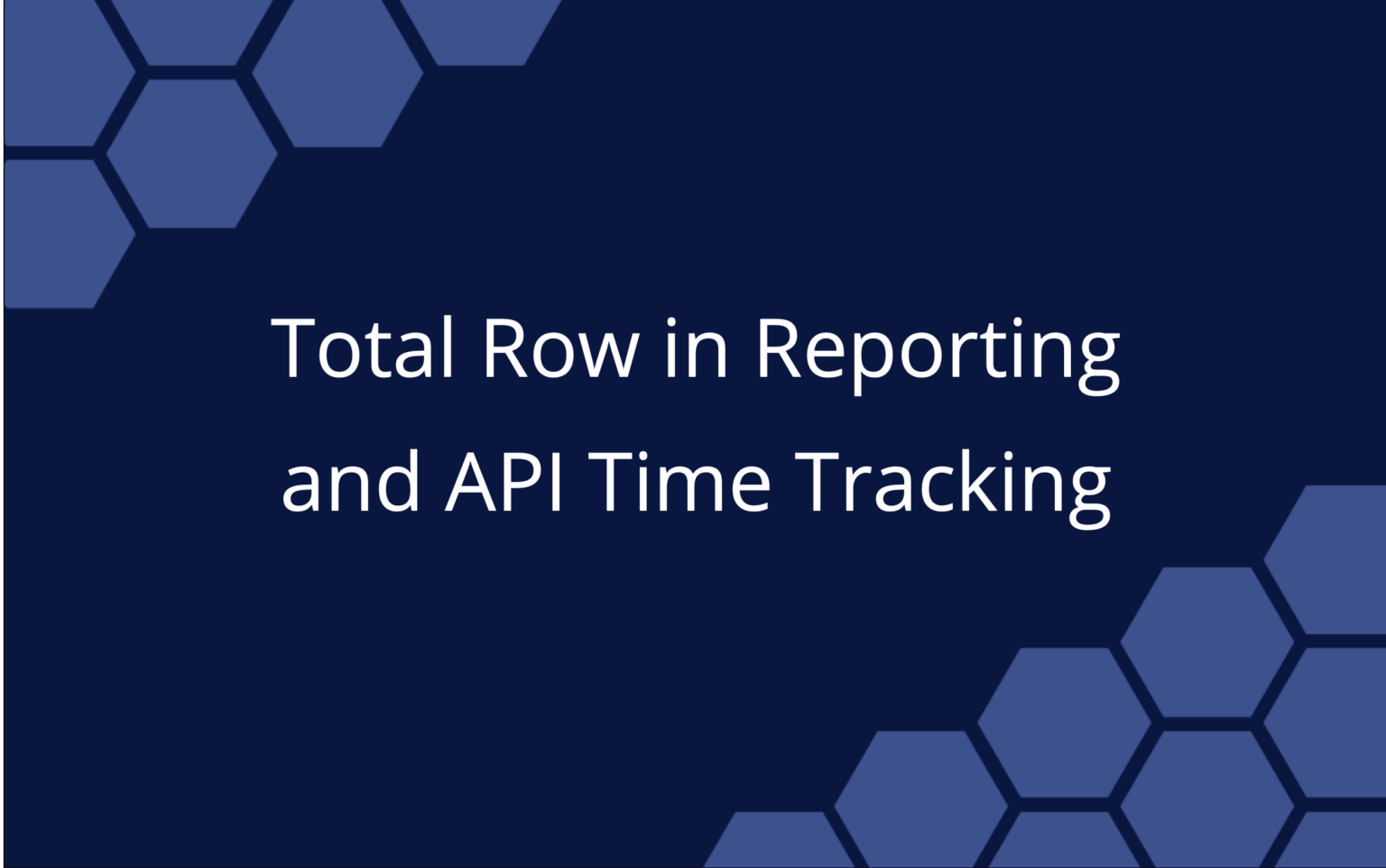Change is tough, and we’re creatures of habit. For these reasons, introducing a new process or software into an organization can be challenging, and at times, unsuccessful. Especially if the process goes something like this:
Executive lead to project manager: “Find a more collaborative project management tool for the team to use.”
Project manager to executive: “OK, I tried out a few; this one should do.”
Project manager to project team: “Surprise! We have a new PM tool, have at it.”
Project team: “Whaa—?”
When new tools are sprung on teams without their involvement, or without explanation of their value and benefits, they’re not likely to get well-adopted. These consequences are grim, especially when valuable time and money has gone into considering, trying and then purchasing a project management platform that then doesn’t get used. Failed adoption can actually set the business back rather than moving it forward; it can also lead to loss of confidence in those driving the implementation and, in the worst cases, loss of jobs. No business wants that.
Here are the top reasons why teams don’t use their new project management tools:
- The tool is the wrong fit for the business, and doesn’t deliver the anticipated benefits.
- There is no rollout plan.
- Team members are not part of the trial and selection process, so there’s no initial buy in.
- Team members aren’t involved in planning the tool’s rollout.
- Team members don’t receive adequate training on the new tool.
- The vendor doesn’t provide good support and training tools.
- Who’s got time to learn a whole new way of doing things?
How do you get your team to embrace and use your PM software?
First, the evaluation process: Make sure you choose the right tool for your organization’s vision, processes and business needs. You can try different products, and assess whether the tool is the right one for your team. We recommend getting team members involved in the evaluation and approval process.
Make an effort to communicate the benefits of using the tool, and take the time to help people understand all the ways the planning software can make their job better and can even improve their career. This helps make the selection process matter to them, and not just the organization. Make sure the software company you’ve chosen provides enough support, training and learning materials and is a good partner in your adoption success.
Then, implementation: Get team members involved in the roll out process and (this is a big one) find a champion, someone who really loves and gets the product. You need someone who can advocate and be a go-to person for questions and issues from other team members.
The benefits of team adoption include:
- You get important data and project insight that enhances project decision-making and business strategy.
- You can rely on your project’s schedule, anticipate change and deliver projects on time.
- You prove yourself as a leader who can identify the need for change and can deliver it.
- Increased collaboration improves working relationships across the organization.
- This could be the first step in shifting your corporate culture toward embracing change in the future.
It’s our opinion that your vendor should play an active role in helping you introduce your project management software to your organization. Your success is their success after all. If they’re not supporting you with training and learning materials, you’re talking to the wrong vendor.
Here’s how LiquidPlanner helps onboard your team:
At LiquidPlanner we partner with organizations and teams from the second they start using our project management tool. And, we stick around—providing support, trainings, consultations and a whole host of resources. We help our customers get their implementation right and get the most out of our product thereafter. Here are four ways we support customers so that everyone on the team uses the tool:
- We offer thorough product demos that help you determine how, and if, LiquidPlanner meets your business needs.
- We have an ace team dedicated to your success. Our Customer Success and Professional Services teams provide excellent consultations, as well as all of the support you need before, during and after rollout. We also have product and project management experts who understand your needs and the challenges you face—not just with learning the product, but with your adoption process as well. They can help!
- Seasoned trainers. Educating your team in the right way at the right time is essential to get your team not only using the product, but use it in a way that maximizes the benefits and improves the quality of their job.
- Self-serve content. LiquidPlanner has a treasure chest of resources available 24/7: from Getting Started and onboarding materials to a wealth of videos and help articles.
We conducted an in-depth analysis of our current successful customers, and found that teams that have a critical mass working in LiquidPlanner stay engaged with the product, use key features more, and generally get more value from the product. Successful onboarding and adoption is all about preparing your team before introducing a new product. Then, you have to manage that introduction in a way that grabs your team members’ interest and holds it thereafter. And at LiquidPlanner we’re dedicated to doing all we can to help you do both successfully. We love our product, and we want your organization to love it too.
Project management is hard work! That’s why using the right tool can make the difference in how your organization successfully delivers projects.
This blog represents Part Two of our nine-part eBook about common PM pain points. To learn more about how to solve PM challenges, and turn them into opportunities, download our eBook, How to Solve the Top 9 Project Management Challenges.

 Say hello to the new Tempo! LiquidPlanner is now Portfolio Manager.
Say hello to the new Tempo! LiquidPlanner is now Portfolio Manager. 






